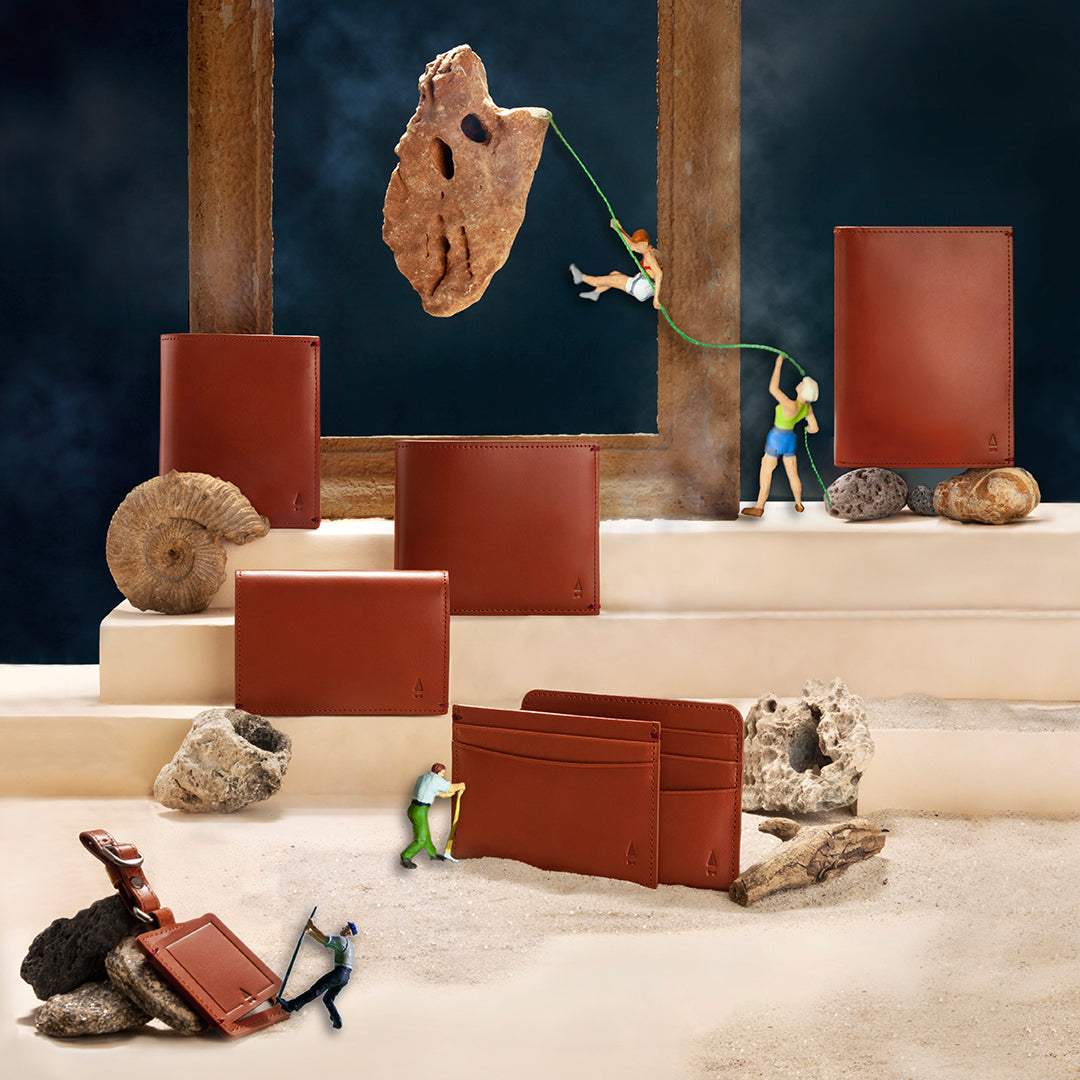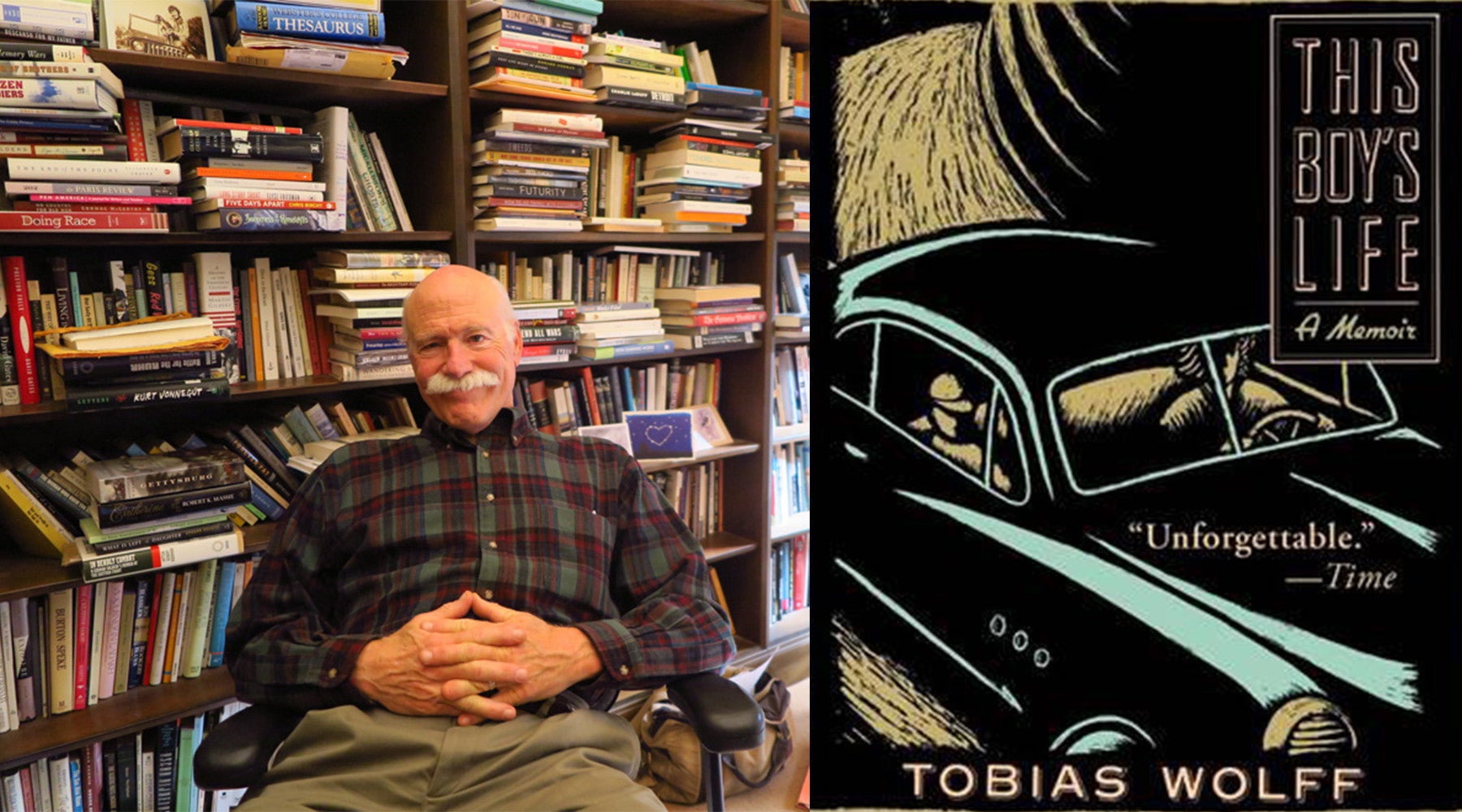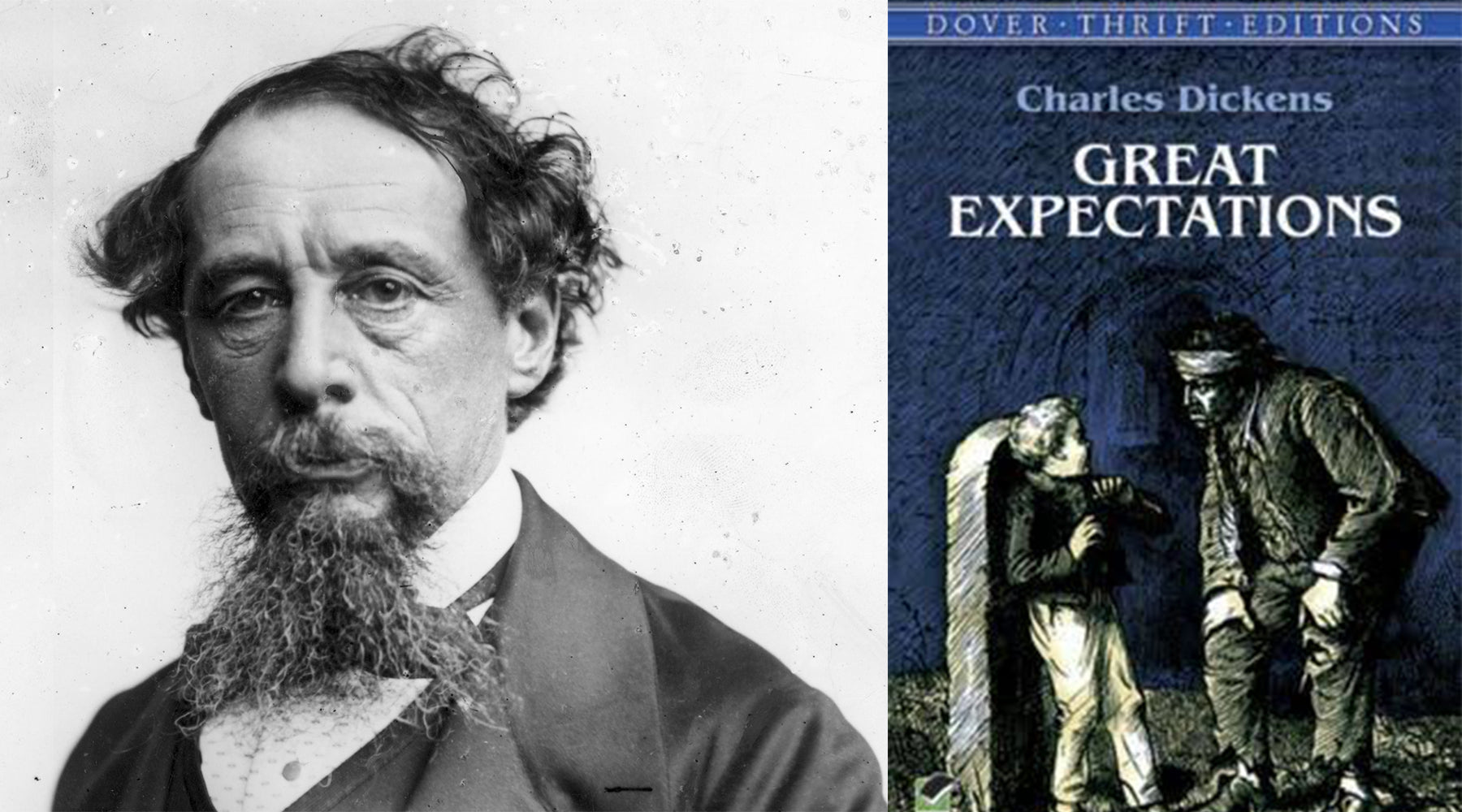GREAT PEN WIELDERS
--- V ---
Weaver of Words and Teller of Tales: Robert Louis Stevenson
 Robert Louis Stevenson
Robert Louis Stevenson
“I travel not to go anywhere, but to go. I travel for travel's sake. The great affair is to move.” - Robert Louis Stevenson
The World of Robert Louis Stevenson in 10 questions.
1. Who is Robert Louis Stevenson and how did his work impact/influence the world we are living in now?
Robert Louis Stevenson, ranking 26th most translated author in the world, was a Scottish novelist, poet, essayist, and travel writer. Known for great adventure stories, he has been acknowledged as one of the most important writers of Scottish fiction where his writing emphasises on the social, philosophical and cultural divisions of nineteenth-century in Scotland and has been the inspiration for numerous later writers.
Both his fiction, The Strange Case of Dr. Jekyll and Mr. Hyde and Treasure Island have made an influence on how we perceive certain things now. The Strange Case of Dr. Jekyll and Mr. Hyde has a huge impact where it has become a part of the language, with the phrase “Jekyll and Hyde” coming to mean a person who differs in moral character, from one situation to the next. Treasure Island had great influence on the perceptions of pirates such as treasure maps marked with an “X”, the tropical islands and one-legged seamen accompanied with parrots on their shoulders.
2. What are his famous works that you should know about?

The Strange Case of Dr Jekyll and Mr Hyde (1886) - A story about a London lawyer who investigates the strange phenomenon between his old friend, Dr Henry Jekyll, and the evil Edward Hyde. The mild-mannered Dr. Jekyll develops a potion that unleashes his secret, inner persona—the loathsome, twisted Mr. Hyde.

Treasure Island (1883) - An adventure novel narrating a tale of "buccaneers and buried gold" featuring the lead who finds himself the owner of a map to Treasure Island, where the fabled pirate booty is buried.

Kidnapped (1886) - The adventures of David Balfour, a young orphan, as he wanders through the dangerous Scottish Highlands in an attempt to reclaim his rightful inheritance.
3. What was his aspiration and inspiration?
At age 17, Stevenson enrolled into Edinburgh University to study engineering with the objective of following his father in the family business, lighthouse design. However, he was not interested in the family business and gave up on engineering soon after and went to pursue law. He emerged from law school in 1875, but did not practice and went on to pursue writing.
The famous Strange Case of Dr Jekyll and Mr Hyde idea came from a dream that Stevenson had one night. Additionally, Louis Vivet, one of the first people diagnosed with multiple personality disorder in the mid-1880s, was another influence for Stevenson. Vivet seemingly lived as two distinct people: The first was meek, intellectual and kind, and paralysed from the waist down. The other was confrontational, scheming and arrogant, but could walk perfectly. When in one state, Vivet reportedly had no recollection of the memories of the other personality.
4. Who was inspired by his works?
Stevenson’s works have been admired by many other writers, some of these include Jorge Luis Borges, Bertolt Brecht, Marcel Proust, Arthur Conan Doyle, Henry James, Cesare Pavese, Emilio Salgari and Ernest Hemingway.
 Strand Briefcase in Midnight Blue (Reversible)
Strand Briefcase in Midnight Blue (Reversible)
In more recent times, Gnome & Bow’s sophomore collection of iconic reversible bags was inspired by his legendary work of The Strange Case of Dr Jekyll and Mr Hyde.
Check out our Jekyll’s Hyde bag and wallet collection here

The History of Moses by Robert Louis Stevenson
5. How did he start writing?
Stevenson suffered from poor health when he was young and it prevented him from receiving formal education. He was taken care by a nurse, Alison Cunningham, where she often read him religious stories and told him ghost stories and dark tales of real life. This piques his imagination and led him to become a writer. He dictated his first story, The History of Moses, to his mother at the age of 6.
6. Besides being known for a writer, what else was he interested in or famous for?
Stevenson began to study piano and composition at the age of 36. He took up flageolet and wrote more than 100 original musical compositions of which 3 of them were published while 10 of them were written in his own poetry.

Travels with a Donkey in the Cevennes by Robert Louis Stevenson
7. What were some of the interesting quirks surrounding Robert Louis Stevenson?
Stevenson can be claimed to have invented the sleeping bag as he travelled solo through Cévennes mountains in France, taking a large fleece-lined sack with him to sleep in on the journey as described in his book Travels with a Donkey in the Cevennes.
The first draft of the renowned Jekyll and Hyde novel was burned as his wife, Fanny, complained that the allegory wasn’t strong enough. After his wife threw the manuscript into the fire, Stevenson stayed in bed for 3 days and wrote a new version of it. He claimed that it was the worst thing he ever wrote but it sold 40,000 copies in Britain in its first 6 months on sale in 1886.
Stevenson transferred his birthday, 13 November to Annie Ide, daughter of the American land commissioner in Samoa, who was born on Christmas Day and did not have a ‘proper’ celebration of her own.


Royal Bank of Scotland Commemorative Banknotes
8. What are the monuments/ establishments that were built in his honour?
Stevenson’s former home in Vailima, Samoa, is now a museum that was built in his honour. The museum collection includes items that belong to Stevenson and his family. Stevenson’s grave is also located at the top of Mt Vaea that commences from the museum.
A commemorative £1 note was issued by the Royal Bank of Scotland in 1994 to mark the 100th anniversary of Stevenson’s death. The note features a quill pen alongside with Stevenson’s signature on the obverse, and Stevenson’s face on the reverse side. Only two million notes were issued, each with a serial number beginning “RLS”.
Several memorials were built in his honour. Some of these which includes a bronze relief memorial designed by the American sculptor Augustus Saint-Gaudens in 1904, located in the Moray Aisle of St Giles' Cathedral, Edinburgh and a simple upright stone inscribed with “RLS - A Man of Letters 1850 - 1893”, built by sculptor Ian Hamilton Finlay in 1987, located in Edinburgh, West Princes Street Gardens, below Edinburgh Castle.
 Robert Louis Stevenson Museum in Samoa
Robert Louis Stevenson Museum in Samoa
9. How did critics react to his work?
Many literary scholars believe the fiction, Dr. Jekyll and Mr. Hyde to be a social commentary on Scottish life in Edinburgh, capital of Scotland, although the setting is based in England. Scotland is said to have two distinct cultures, a more refined side and a more spontaneous and barbaric side. These two spheres were reflected in the polarised personalities of Dr. Jekyll and Mr. Hyde who despite their differences, still inhabited the same body.
10. What other works did he author that few people knew about?
Catriona (1893), was an unfinished sequel to Kidnapped and Weir of Hermiston (1896) which Stevenson was writing when he died in 1894, at the height of his literary power.
Did Stevenson’s stories strike a chord with your inner self? Have you read the novel yet? What are your thoughts regarding it? Let us know in the comments below.
Drawing inspiration from “The Strange Case of Dr. Jekyll and Mr. Hyde” by Stevenson, and we’ve created Jekyll’s Hyde, a series of bags and wallets designed to showcase the duality of man through each bag’s reversibility. If you love, Stevenson, you will love Jekyll’s Hyde.
Shop Jekyll’s Hyde Collection
---
GREAT PEN WIELDERS is a monthly series that sets out to celebrate amazing writers, authors, novelists and illustrators whose beliefs, passions and talents inspired and changed the world we live in today. We believe that their stories and life experiences will foster Gnome & Bow’s vision to inspire storytelling without boundaries.
































Leave a comment
This site is protected by hCaptcha and the hCaptcha Privacy Policy and Terms of Service apply.